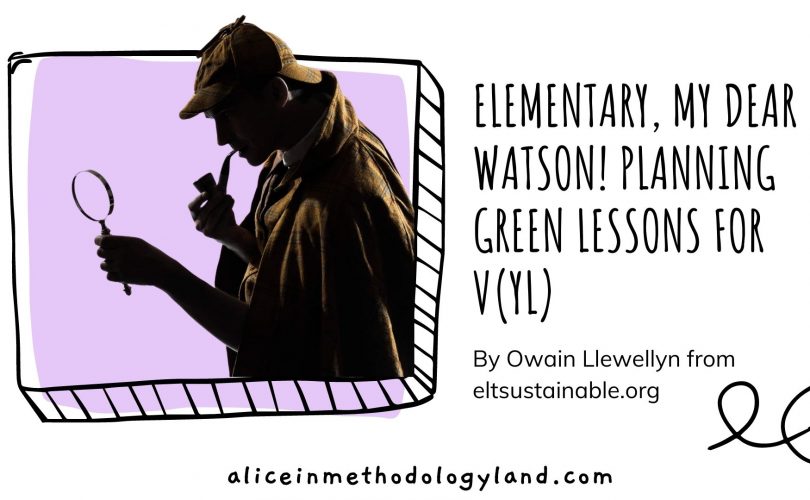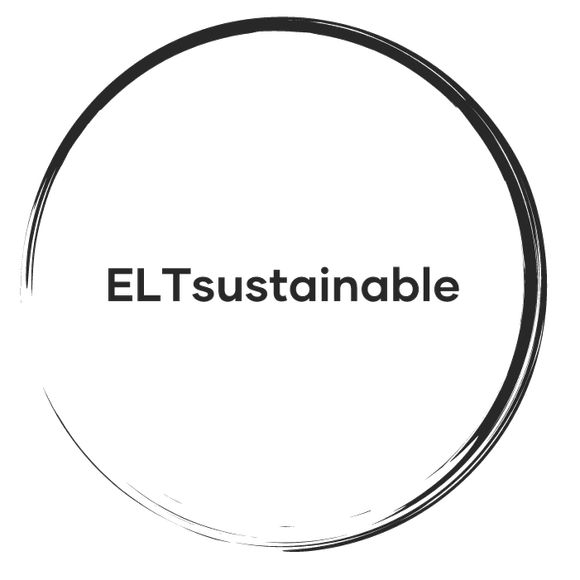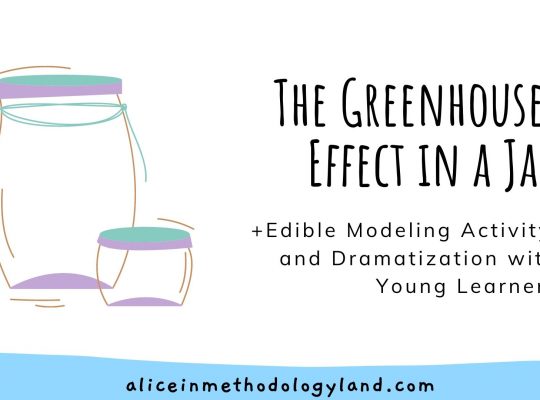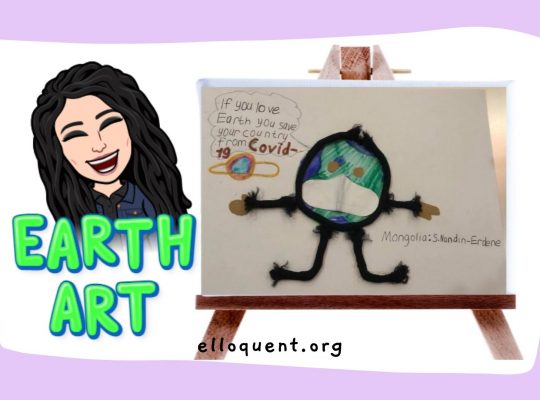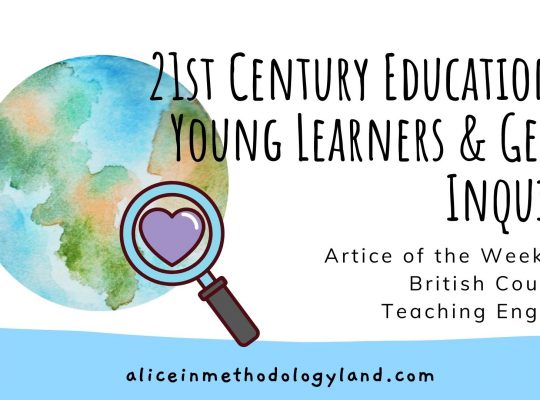Hello, my dear educators! Here’s a short piece from Owan from eltsustainable.org that discusses the mere existence of the word ‘sustainable’ in the (V)YL classroom. Simple, eye-opening, and a very quick read!
Have you ever thought that you can’t plan environment language lessons for elementary? If so then you are not alone, but here are three ideas that hopefully will make you change your mind. Furthermore, they are all tested because recently I was commissioned to write two elementary lessons for the British Council’s prestigious myClass adult product, and I now have the pleasure of watching British Council teachers delivering environment lessons with elementary classes very successfully.
I can’t share the lessons themselves as they are now the property of the British Council but I can share three things I learned from making these lessons which I believe are even more useful for you.
Tip 1: Choosing the right vocabulary in environment language lessons for elementary
You might be just about to include the word ‘environment’ in your lead-in for a question like ‘What do you do to protect the environment? Stop! Go to englishprofile and put the word environment into the box and hit enter. It will tell you the level of this word is B2 or upper-intermediate. Ok, let’s try world. It comes out at A1 (when used as a synonym for Earth)! Great, but what about protect? Enter it into the site and it tells you that it’s B1. Ok, how about help? Enter it in and bingo! It’s A2. Ok let’s use this word for now, or do you have a suggestion for another? We have our elementary-level question. How do you help the world? This is more manageable!
Tip 2: Measure the readability of the text
Let’s now imagine you want a simple text for your lesson. Sorry, but you’ll have to write any texts you plan to use! Forget grading authentic texts at the elementary level. But don’t worry, your text can be very short. My last lesson had ‘A Day in the life of a nature guide’. Just keep checking the vocabulary level you use with technique 1 and then put your completed text into the box on readable. It will give you a result on the Flesch-Kincaid scale which measures readability. You then go to linguapress which helpfully interprets the scores for language teaching and cross-references the score to the CEFR scale. What’s more, it tells you everything you need to know about readability as a language teacher. Once you have it at the score required you are ready with your text!
Tip 3: Get an editor
Your friend or colleague will give a valuable second opinion because they don’t have a vested interest in saying ‘this’ll be fine’ even when it needs further editing!
Don’t skip proofreading by a second set of eyes. I was lucky enough to have an excellent editor for the lessons I wrote for the British Council. Frequently the feedback was to make it more suitable for the elementary level. Although you probably won’t be able to call a professional editor, a language teaching pro is equally good. Your friend or colleague will give a valuable second opinion because they don’t have a vested interest in saying this’ll be fine even when it needs further editing!

I studied English Literature. My passion is protecting the environment. For example, at university, I had many adventures taking part in direct action. I occupied oil company offices, took part in attempts to block the construction of a bypass through a forest, and helped halt oil drilling in Cardigan Bay, Wales.
After that, I trained to be an English teacher and have since worked in Europe, North Africa, and Asia as a teacher and academic manager. In addition, I have completed my DELTA and am now working on my MA. A key moment in my career was in 2012 when I created the ELTsustainable website. As well as that I enjoy cycling with my family in my free time, especially traveling by bike ain new places and camping. Furthermore, as a language teacher, I believe the language teaching community can help overcome the climate crisis. This is because language teachers are in dialogue with millions of people on a global scale. As a result, they can help learners engage in the sustainability dialogue and the search for solutions both locally and globally.
Have you managed to teach elementary lessons that have an environmental topic? What would be your tip number 4? If you have any ideas, share them in the comments or via the contact page!
We are in love with Owain’s short article because it points out the real side of environmental issues in the classroom – things cannot be forced and the concepts need to be introduced in the native language as well if we want to explore the environment with young or very young learners – which is a point we often tend to forget.
*Originally published on eltsustainable.org

Click here to explore Alice’s materials website where ESL materials are forever free!
All the materials except lesson plans and 30+ page interactive activity books will be free FOREVER! Why? Because sharing is caring, and the last couple of years haven’t been kind to all of us.
Don’t forget to leave a review when you download materials! It’s just a minute of your time, and it means a lot to Alice as a material designer.
P.S. The materials website and the freebie library are not the same things – the freebie library has some extra materials like conference presentations and webinar recordings which are not available in the store
The subscription link for the store is below the author’s bio in every post.
